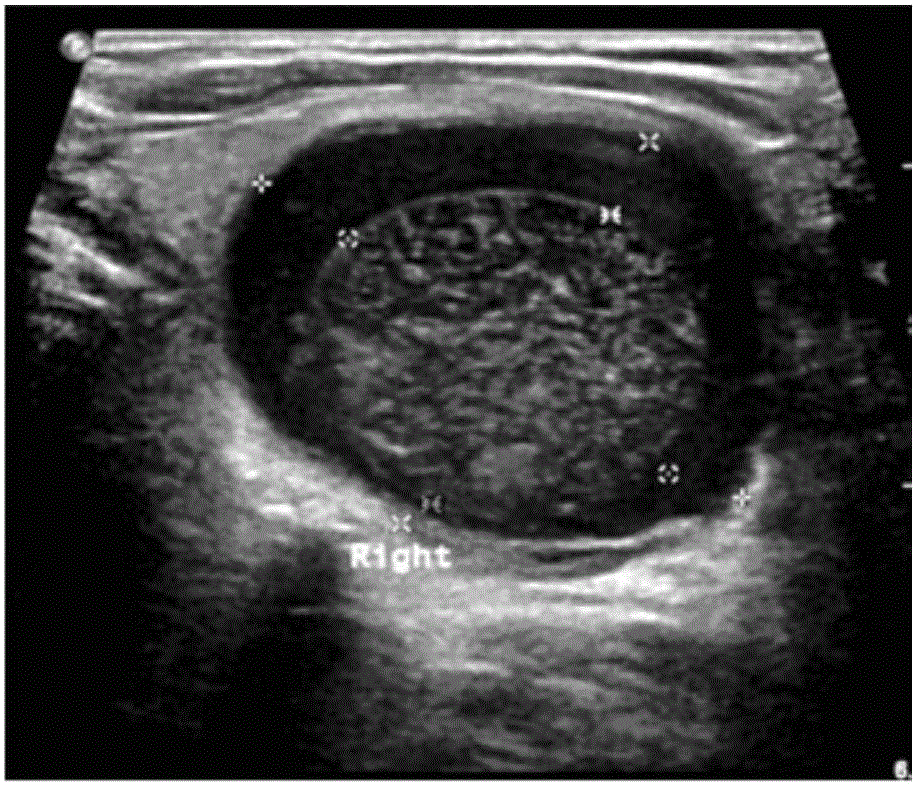Method for automatically identifying whether thyroid nodule is benign or malignant based on deep convolutional neural network
A thyroid nodule, neural network technology, applied in image data processing, special data processing applications, instruments, etc., can solve problems such as the accuracy of auxiliary diagnosis and the influence of automation, poor image quality of ultrasonic thyroid tumors, etc.
- Summary
- Abstract
- Description
- Claims
- Application Information
AI Technical Summary
Problems solved by technology
Method used
Image
Examples
Embodiment Construction
[0067] Below in conjunction with accompanying drawing and specific embodiment the present invention is described in further detail:
[0068] The following examples can enable those skilled in the art to understand the present invention more comprehensively, but do not limit the present invention in any way.
[0069] A method for automatically identifying benign and malignant thyroid nodules based on deep convolutional neural networks, such as figure 1 shown, including the following steps:
[0070] 1. Read the B-ultrasound data of thyroid nodules;
[0071] 2. Preprocessing the thyroid nodule image;
[0072]3. Select an image (including as many benign and malignant nodule images) and use a convolutional neural network (CNN) to automatically learn to segment the nodule part and the non-nodule part. The nodule part is the region of interest ( region of interest (ROI)), and refine the nodule shape;
[0073] 4. Divide the ROIs extracted in step 3 into p groups on average, use CN...
PUM
 Login to View More
Login to View More Abstract
Description
Claims
Application Information
 Login to View More
Login to View More - R&D
- Intellectual Property
- Life Sciences
- Materials
- Tech Scout
- Unparalleled Data Quality
- Higher Quality Content
- 60% Fewer Hallucinations
Browse by: Latest US Patents, China's latest patents, Technical Efficacy Thesaurus, Application Domain, Technology Topic, Popular Technical Reports.
© 2025 PatSnap. All rights reserved.Legal|Privacy policy|Modern Slavery Act Transparency Statement|Sitemap|About US| Contact US: help@patsnap.com



